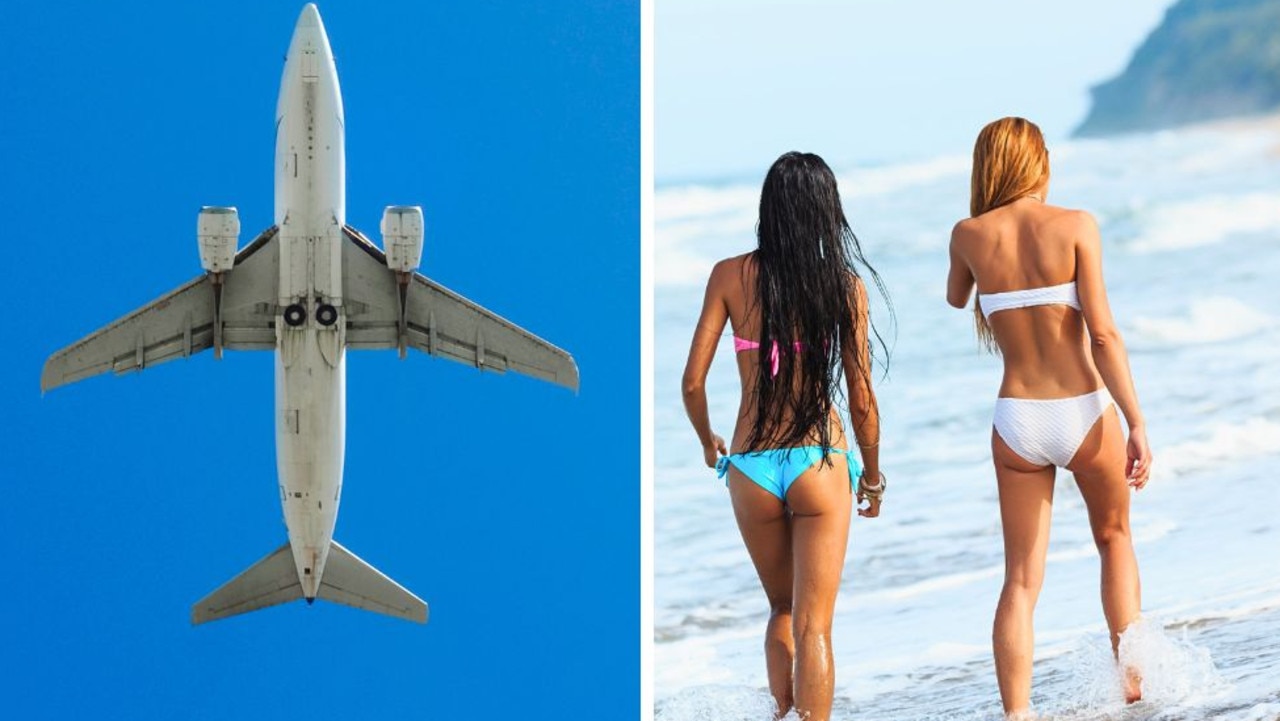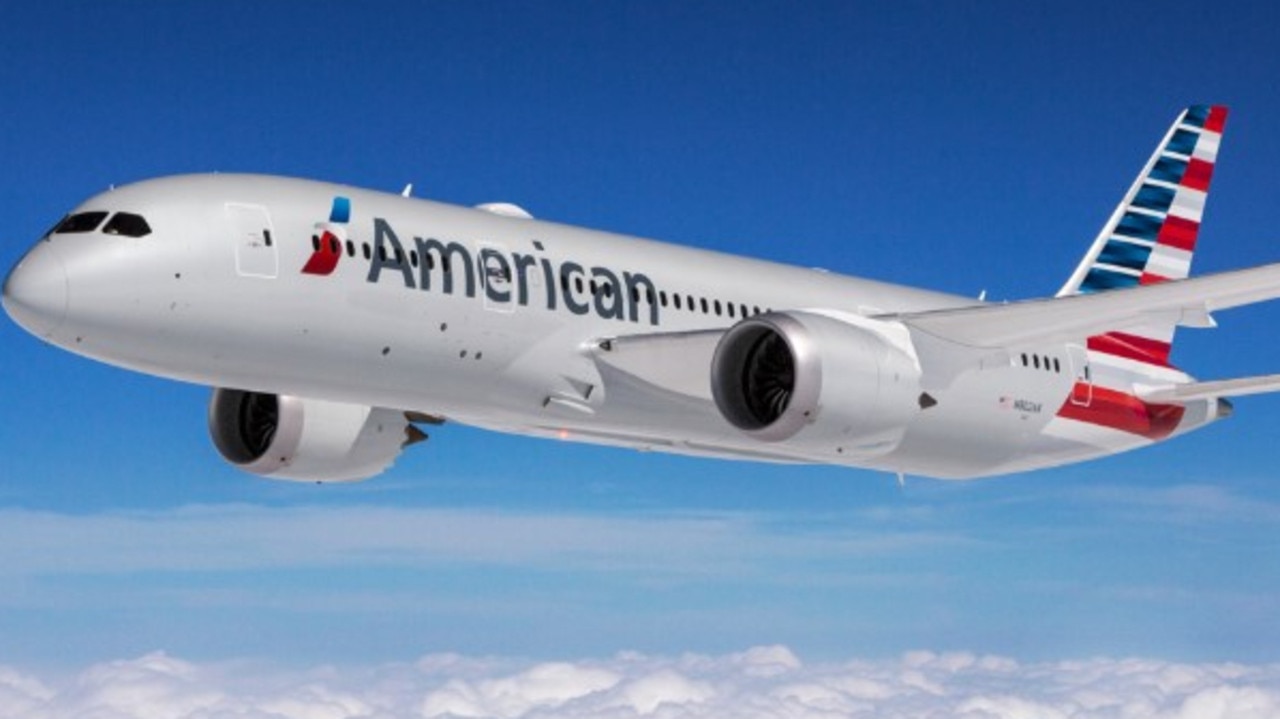When will international flights resume in Australia?
Whether you’ve had to cancel a flight or change your holiday plans because of COVID-19 – there’s one big hurdle stopping us from jetting abroad once again.
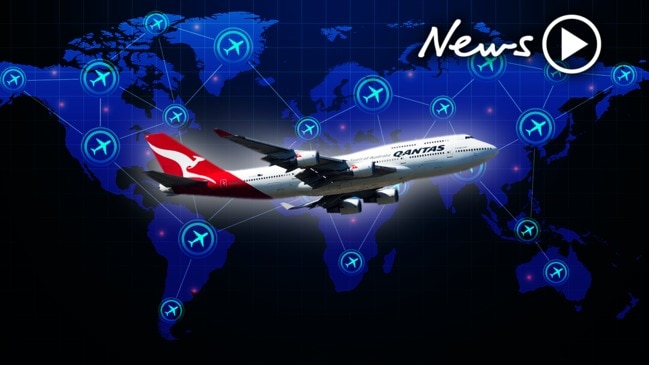
For Australians hoping to jet off abroad for a European summer or even a White Christmas, chances are you could be waiting a while yet.
But with a bit of luck, some countries closer to home may open for Aussie tourists by the end of the year, according to a Sydney tourism expert.
But don’t pack your bags just yet, because there is a big hurdle we need to clear first.
For Australians, predictions and time frames on when we will be able to travel overseas have been thrown around by industry leaders both here and around the world. But the bottom line is that international travel, and when it will resume remains in limbo and could be for some time.
Since the overseas travel ban came into place on March 25, Prime Minister Scott Morrison says the government is not even considering holidays overseas while the virus continues to cause devastation around the world. It’s not even part of the three-stage COVID road map on the other side of the pandemic.
“After you take account of international tourists coming here, and Australians going overseas, that there is an import, net import factor, of just over $20 billion,” he said. “Now, that’s up for grabs for Australian domestic tourism operators.”
RELATED: When will overseas borders reopen?
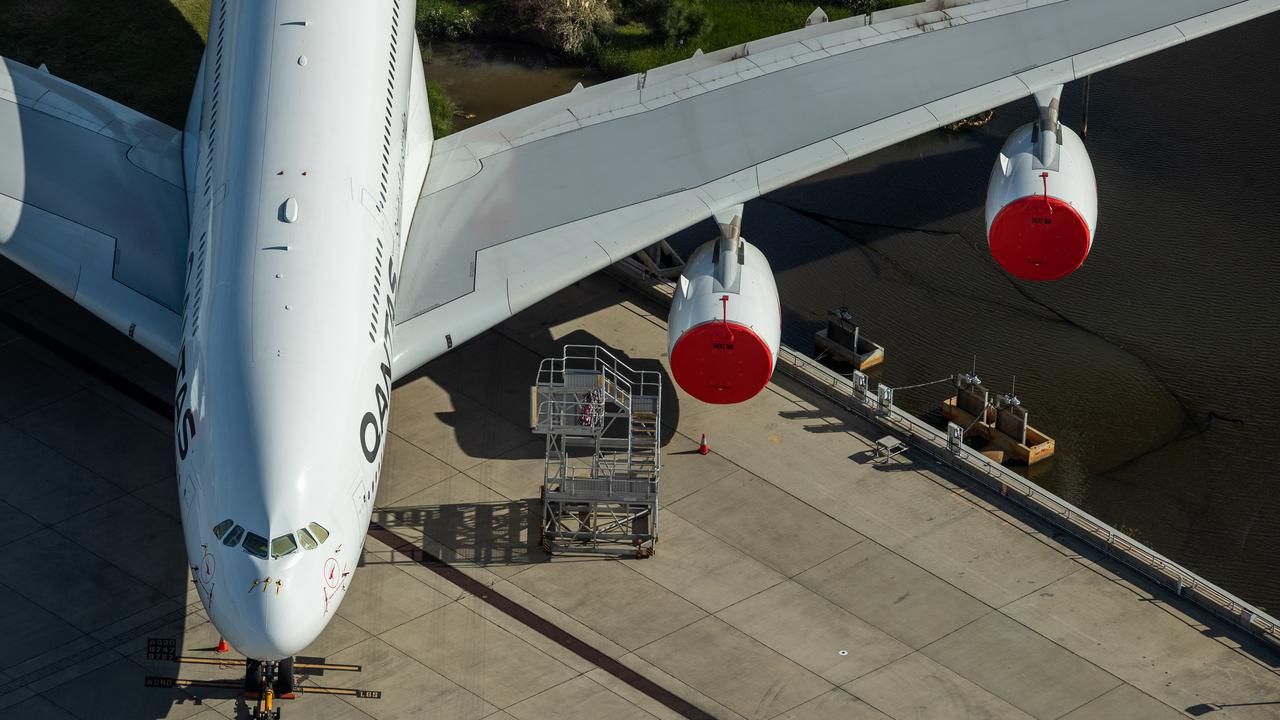
HURDLE THAT WILL STOP OVERSEAS TRAVEL
Mr Morrison, along with New Zealand Prime Minister Jacinda Ardern, have raised the idea of a trans-Tasman travel bubble between the two nations as the first overseas option for citizens and permanent residents in both countries.
But Dr David Beirman, a senior tourism lecturer from Sydney’s University of Technology, says the idea of travelling further than our own backyard relies on overcoming a hurdle that’s putting state premiers at odds.
“The closure of the borders in Queensland, South Australia, Western Australia and Tasmania greatly restrict any meaningful recovery of tourism to those states,” Dr Beirman told news.com.au.
“Until the situation is resolved within Australia, real international travel will not be on the cards.”
Opening of the borders has been a contentious topic between state leaders, with Queensland Premier Annastacia Palaszczuk standing her ground against the reopening of the ‘sunshine state’.
RELATED: NSW to allow regional holidays from June 1
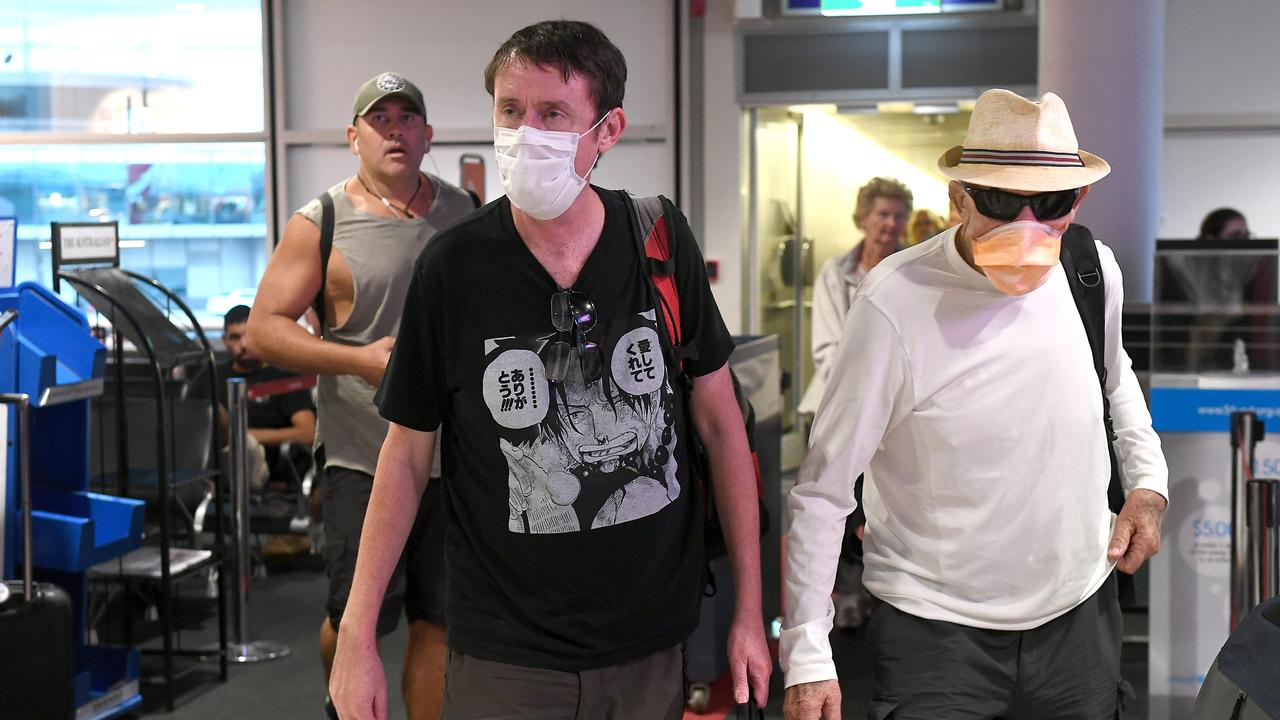
RELATED: Queensland slams NSW as ‘worst state’ amid plan to reopen borders
Last week, NSW premier Gladys Berejiklian and Victorian premier Daniel Andrews announced their states would be open for tourism from June 1. Tasmania’s premier Peter Gutwein, while keeping his borders firmly closed, has called for his counterparts to end their ‘one-upmanship’ around the issue of state border closures.
He revealed he had spoken to some state and territory leaders about borders but reiterated he would wait until at least July before making any decision on when and if Tasmania would reopen.
WHERE AUSTRALIANS WILL LIKELY TRAVEL TO FIRST
Despite domestic travel being included in the Morrison government’s three-stage road map to recovery, there was no information about when international travel will re-open.
But as part of our domestic tourism sector begins to reopen in the coming weeks, the return of local holidays raises hope that international jaunts won’t be much further behind
“Australia, New Zealand and most SW Pacific countries have (to date) been spared the worst of COVID-19,” Dr Beirman said.
“Quite frankly, until Australia sorts out its own unrestricted domestic tourism access this [travel bubble] won’t happen. I can certainly foresee that when travel does resume between
Australia and New Zealand (at the most optimistic towards the end of 2020) SW Pacific destinations including Fiji, New Caledonia, Vanuatu, Tonga and Samoa could follow soon after.
“This would open up a range of SW pacific destinations dominated by the Australian & New Zealand market … Papua New Guinea and Solomon Islands after that.”
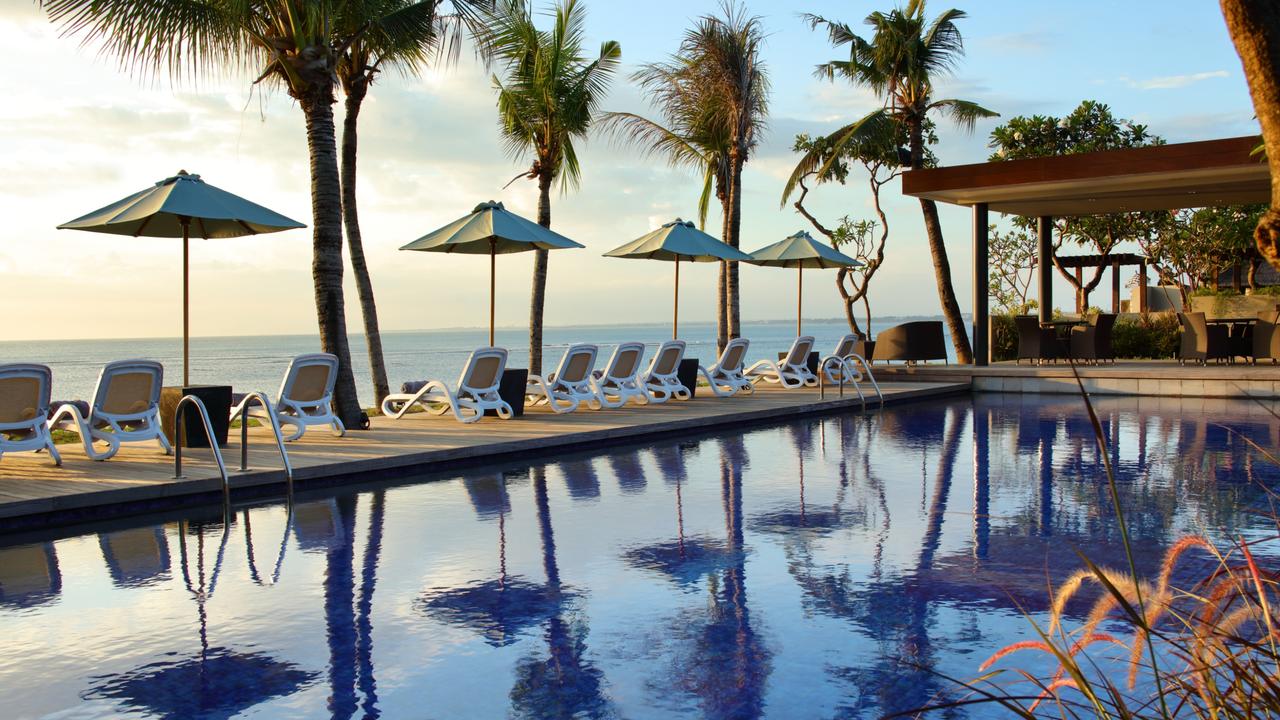
FORGET YOUR BALI HOLIDAY OR A EUROPEAN SUMMER
But any hope of slipping into Bali before years end is looking unlikely, despite Indonesia pointing to October as a reopening date for foreign tourism.
“I think Australians wishing to travel to Bali, Thailand, Philippines, Vietnam and Malaysia will be in for a longer wait,” Dr Beirman said.
“Singapore may be the first SE Asian destination to spread the welcome mat to Australians, but the Australian government may not necessarily make it easy for Aussies travelling there to return unless they agree to quarantine.
“Given the high rates of COVID-19 in the Americas and Europe, Australian tourism to these places is a long way off. How long will depend on whether a vaccine or a workable treatment for COVID-19 is found.
“The best case analysis for Australians would be limited international travel starting in late 2020 and gradually spreading during 2021. The worst case, is that we may well be grounded
for a year.”
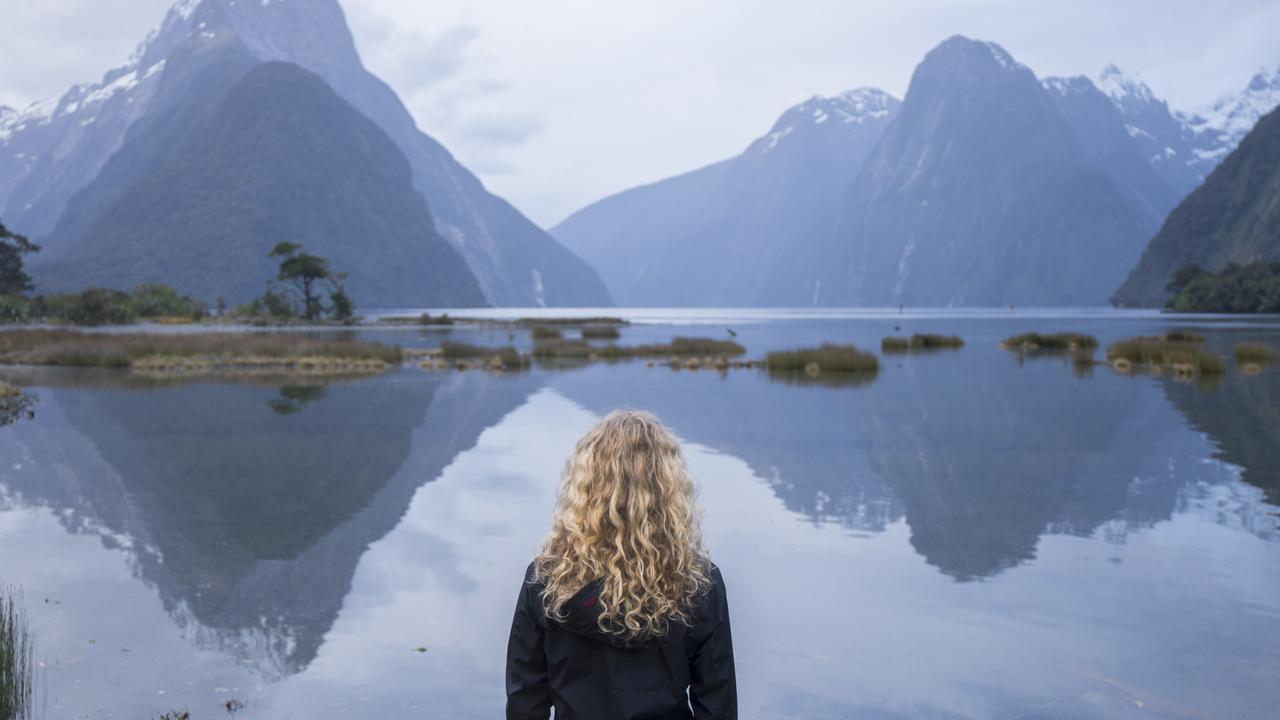
INTERNATIONAL TRAVEL WILL NEVER LOOK THE SAME AGAIN
Previously, analysis from the International Air Transport Association (IATA) says it will take years until long-haul travel recovered to levels seen before it was wiped out by the pandemic.
IATA CEO Alexandre de Junaic said it may take until 2023 for air travel to return to 2019 levels, however, he also said that by the end of 2020, the airline industry could be back to 50-55% capacity.
Dr Beirman says while the international time frame is still anyone’s guess, the world of travel as we know it will probably never look the same again.
“Cramming people like sardines in trains, boats, planes, hotels, events, tour groups, sporting events, shopping centres, attractions, casinos, clubs, conferences and conventions will be unacceptable for many people for some time to come,” he explained.
“It will be a challenge to convince business people that travel is the necessity it has traditionally been.
“International travel which was a luxury item up until the late 1960s may go back to that situation.
“It will be very difficult for travel and tourism to go back to the way things were before COVID-19.”


